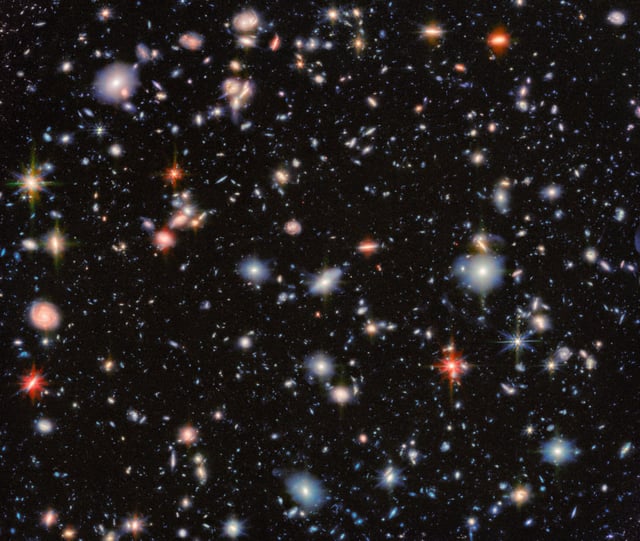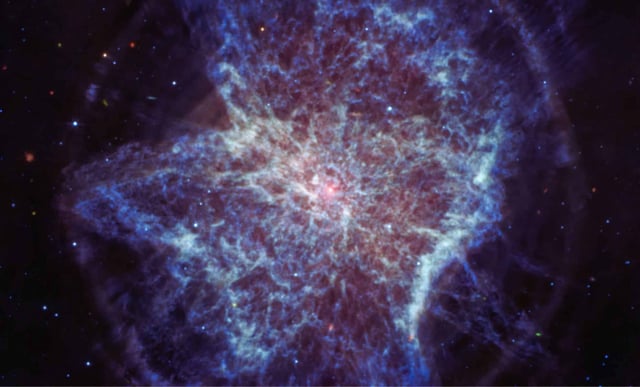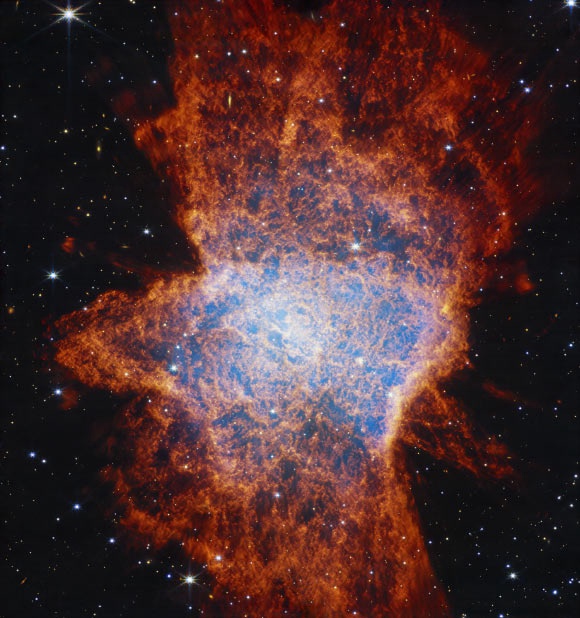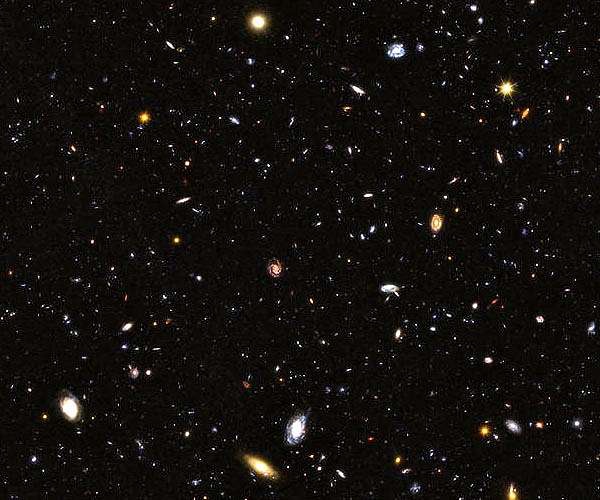Overview
- New NIRCam and MIRI images of NGC 6072 expose multipolar outflows and concentric rings around its white dwarf core, matching predictions of a companion star shaping the nebula.
- Mid-infrared observations trace ring-like patterns that mark successive mass-loss episodes, offering the clearest evidence yet for binary-influenced nebular architecture.
- The MIDIS revisit of the Hubble Ultra Deep Field combines nearly 100 hours of MIRI and NIRCam exposure to produce the deepest mid-infrared extragalactic image to date.
- Analysis of the combined deep-field data identifies roughly 2,500 sources—predominantly distant galaxies—distinguished by false-color signatures of dust content, star formation activity and redshift.
- Following safe-mode interruptions in December 2022, teams completed the sixth MIDIS visit in December 2023 and added key MIRI wavelengths in December 2024 to assemble the full deep-field dataset.



